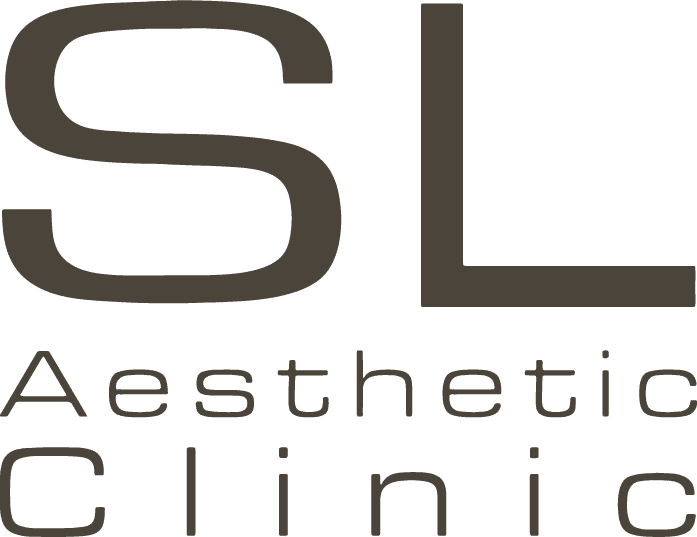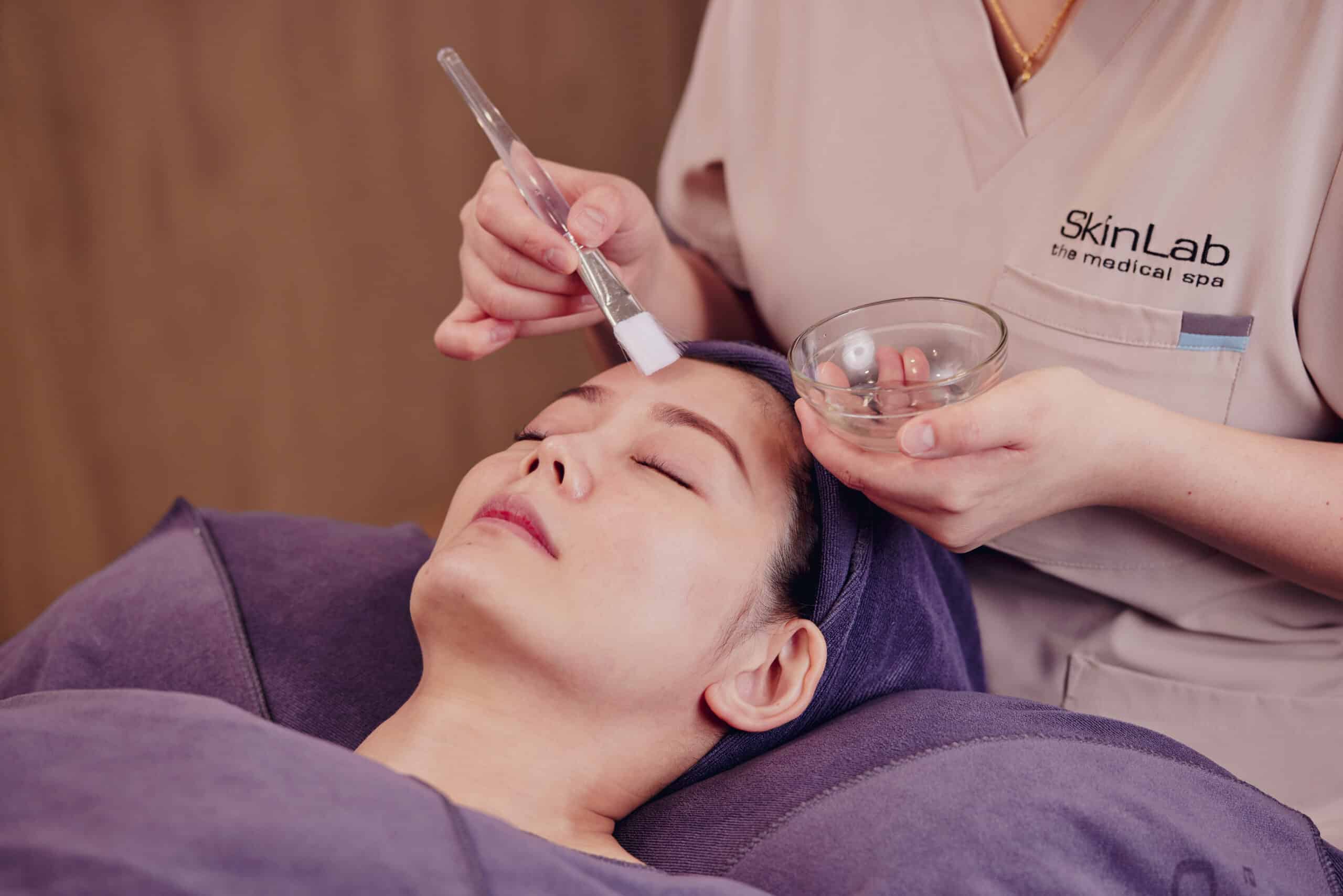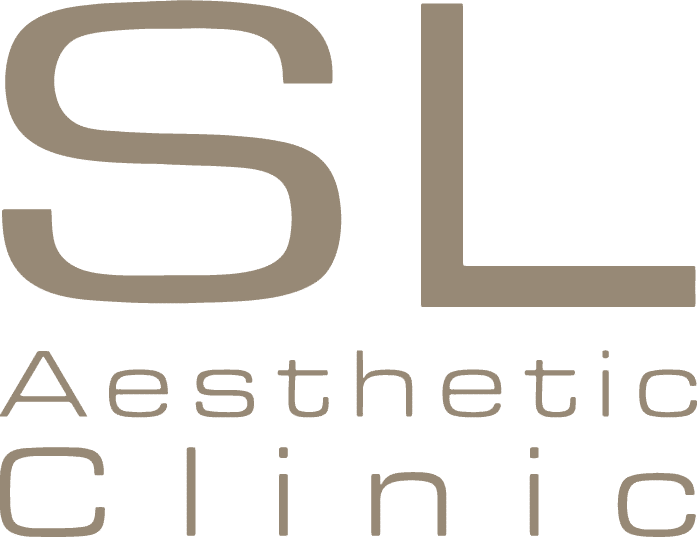Over-the-counter chemical peels and acids are only available in lower concentrations (e.g., up to 10 per cent with glycolic acid). They are also generally only able to tackle very mild skin conditions such as mild acne, or as a gentle home-based exfoliation.
Professional/medical chemical peels are available in relatively higher concentrations (e.g., up to 30 or even 70 per cent!), and are administered by trained professionals such as estheticians/cosmeticians, nurses, or doctors. These peels tackle a wider spectrum of skin concerns including mild to moderate acne, unwanted pigmentation, light acne scars, and fine lines and wrinkles.




